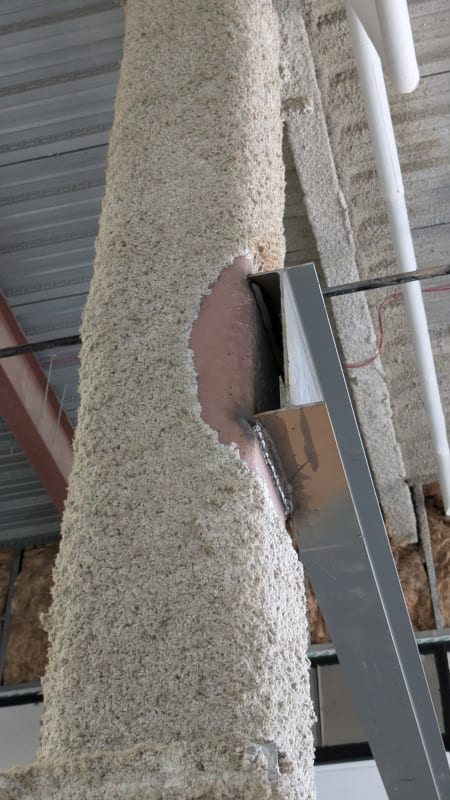Structural Matt
Structural
How would you go about analyzing the connection pictured below? For more context, the beam is 15'-0" long and has a typical shear connection at the other end. W12X14 beam and HSS10X10X3/4 column. This connection was supposed to be a shear connection at the centerline of the HSS column, but for reasons currently unknown, it was installed like this.
The total load in the beam is about 2 KIPs, so I believe this connection should be fine for what it is, but I also don't exactly know how to analyze and prove it works. Next time something like this happens and the loads are higher I'll want to be better prepared.

The total load in the beam is about 2 KIPs, so I believe this connection should be fine for what it is, but I also don't exactly know how to analyze and prove it works. Next time something like this happens and the loads are higher I'll want to be better prepared.

